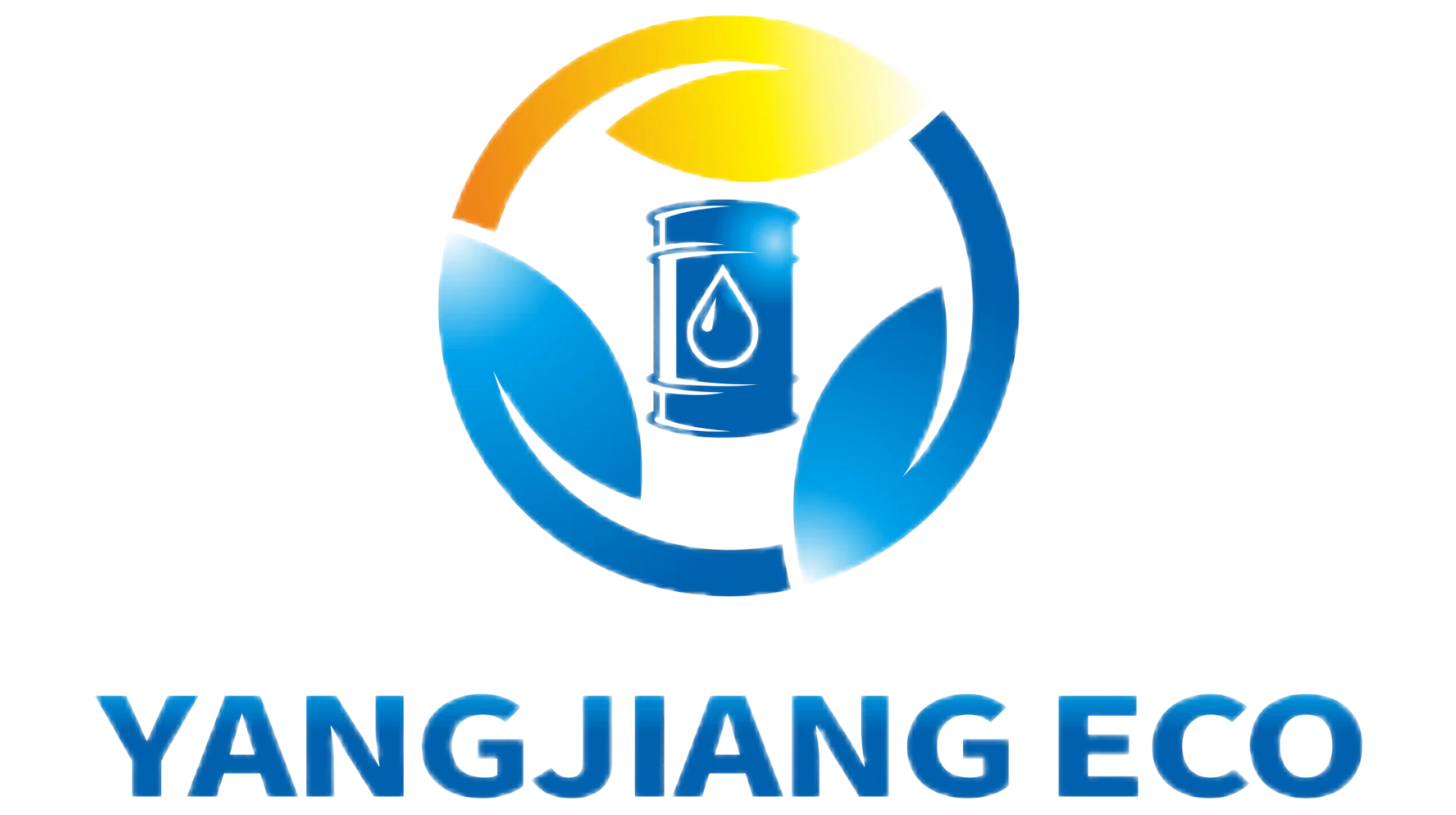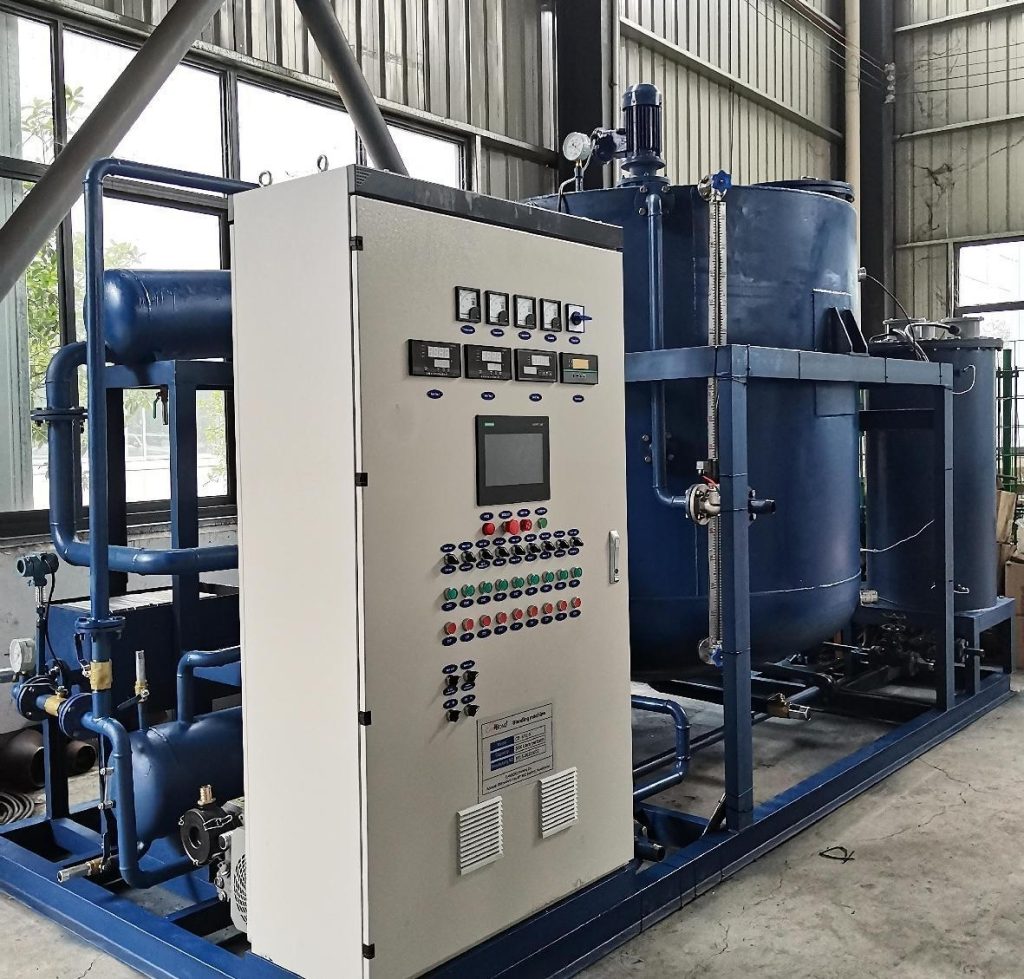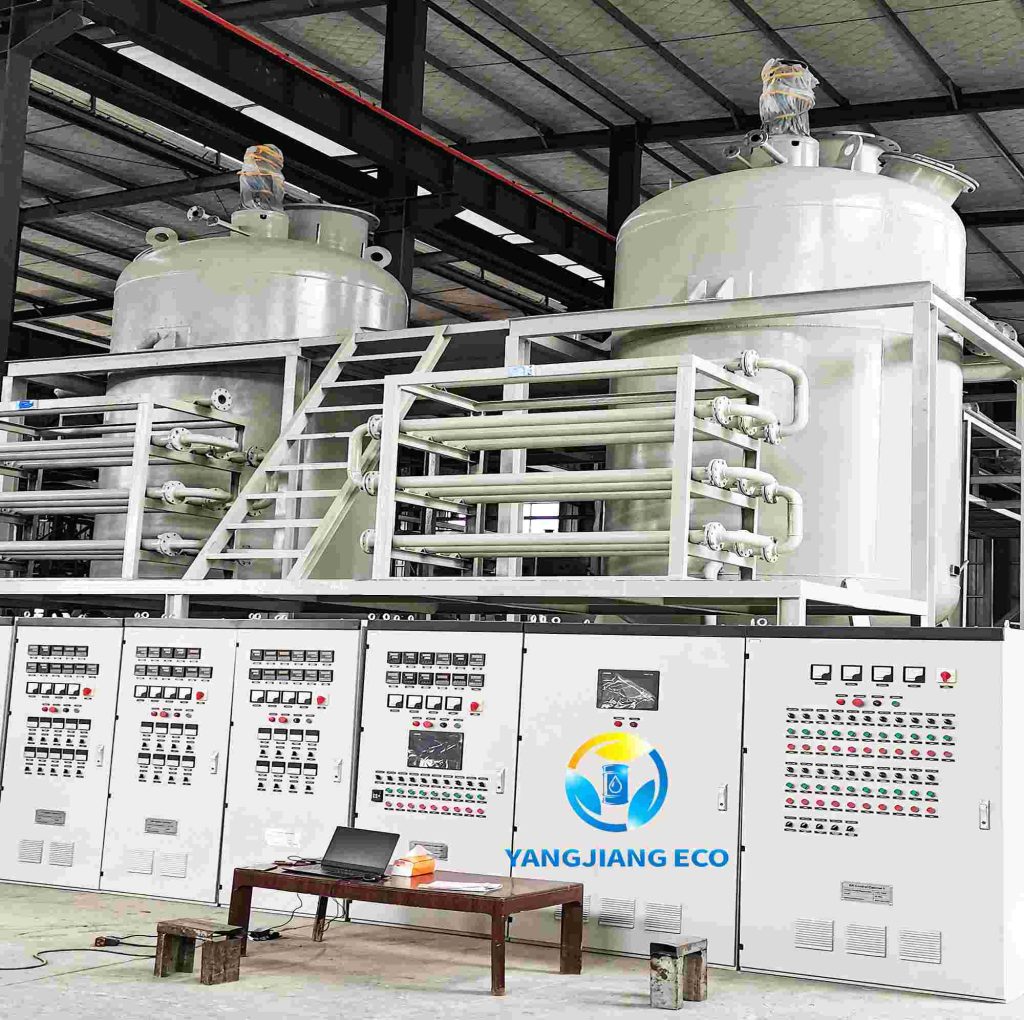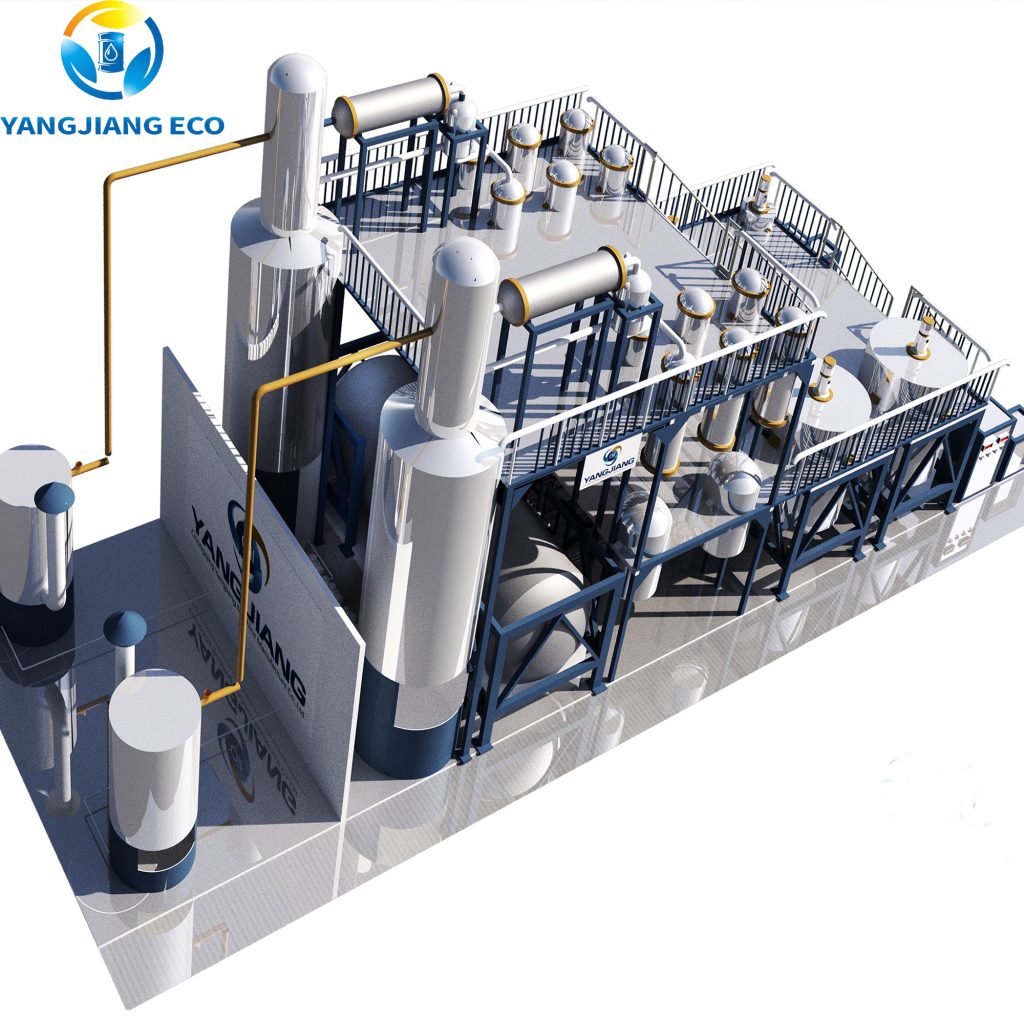Lube oil blending is a crucial process in the production of high-quality lubricants used in automotive, industrial, and marine applications. A lube oil blending plant is a specialized facility where base oils and additives are mixed in precise proportions to create finished lubricants with specific performance characteristics.
In this article, we will explore:
What is Lube Oil Blending?
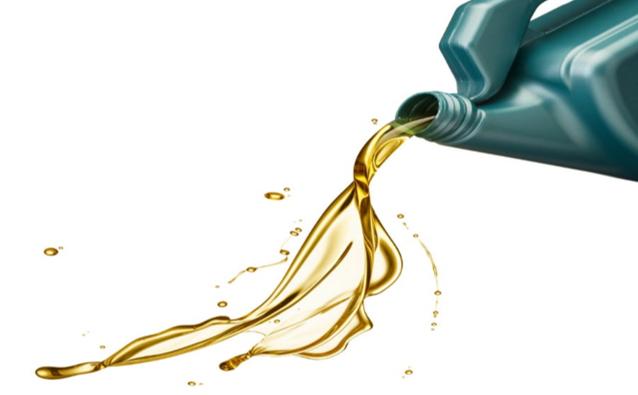
Lube oil blending is the practice of mixing base oils (mineral, synthetic or semi-synthetic) with special additives to produce high performance lubricants that ensure smooth operation and extend equipment lifespan. Lube oil blends are used by engines, industrial machinery and hydraulic systems alike and help ensure seamless operations and extended equipment longevity.
Blending is a technique used to carefully balance different components to achieve specific properties, such as:
- Optimal viscosity – to ensure proper lubrication across temperature ranges
- Enhanced wear protection, which reduces friction and helps avoid metal-on-metal contact.
- Oxidation & Thermal Stability – Extending oil life under high temperatures.
- Detergency & Dispersancy – Prevents engine cleaning by preventing sludge buildup.
Blending follows strict industry standards (API, SAE, and OEM specs) in order to meet performance criteria for automotive, marine and industrial applications. Blending guarantees consistent, efficient production while meeting global quality benchmarks.
Custom formulations allow you to tailor lubricants specifically to specific machinery, environmental conditions and operational demands; making blending oil a key step in modern lubrication technology.
What is Lube Oil Blending Plant?
Lube oil blending is an advanced industrial process that transforms base oils and specialty additives into high-performance lubricants for automotive, industrial, and marine applications. Lube oil blending plants are specially designed facilities where this precise mixing takes place to meet quality and performance standards for their final products.
Given the critical role lubricants play in maintaining machinery efficiency and longevity, blending plants must ensure exact formulations, stringent quality control procedures, and efficient production processes are met.
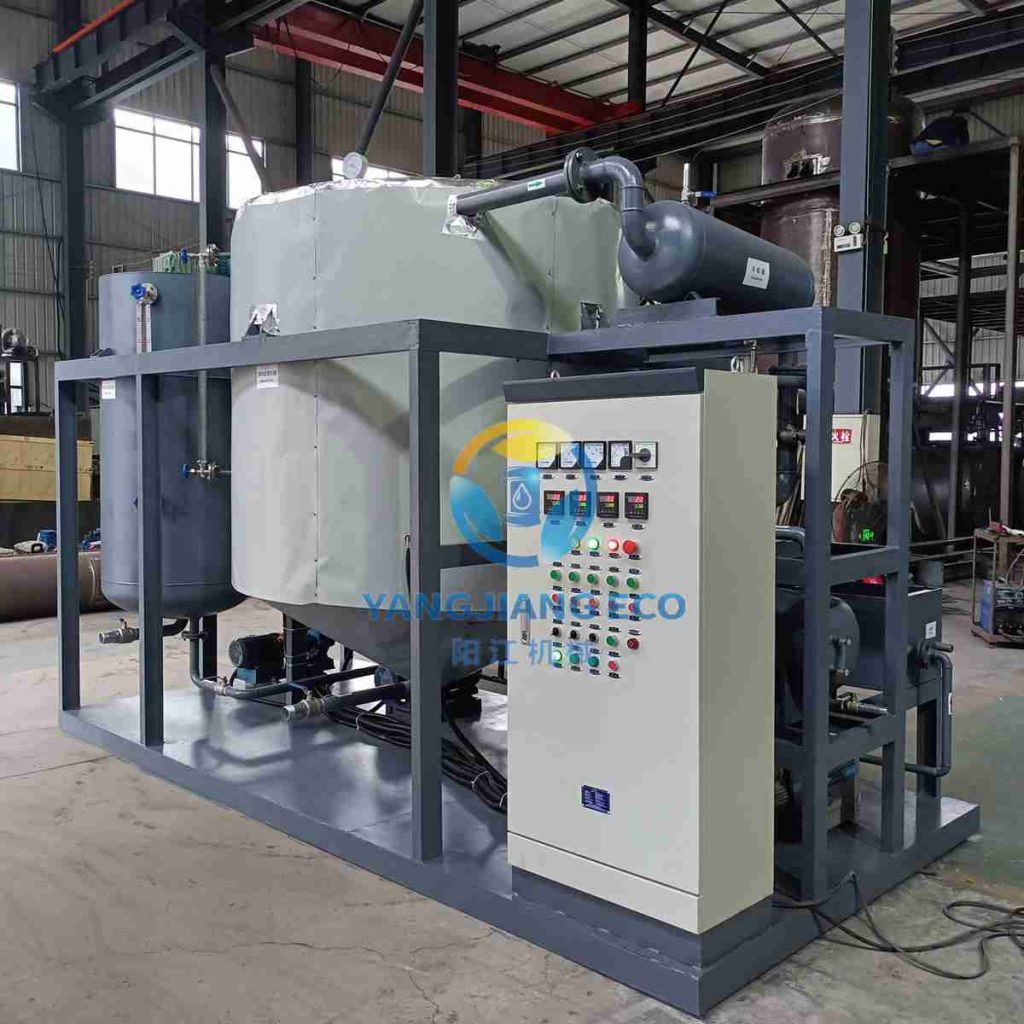
Working Process of Lube Oil Blending Plant
Lube oil blending plants employ a carefully planned workflow in order to ensure consistency, efficiency and compliance with industry specifications (API, SAE, or OEM requirements). The typical steps include:
- Storage & Handling
Before the process of blending begins, all base oils (mineral, synthetic or semi-synthetic) and additives (detergents, anti-wear agents, viscosity modifiers etc) are stored separately in temperature-controlled tanks in order to prevent contamination and protect their integrity. This ensures proper mixing.
2. Blending of Base Oils
To achieve an even viscosity index and create a uniform foundation for final products, different grades of base oils must first be mixed prior to adding additives. This step ensures a uniform blend.
3. Precision Additive Dosing
Additives are dosed precisely based on their intended application – for instance:
- Anti-wear and detergent additives must be added to engine oils in order to provide additional protection from wear-and-tear damage and degradation.
- Gear oils require extreme pressure (EP) additives.
- Hydraulic fluids often require antifoaming agents for maximum performance.
Automated dosing systems ensure accuracy while reducing human error.
4. Homogenization & Mixing
Once homogenized, the blend undergoes mechanical agitation, circulation or high shear mixing in order to achieve complete homogenization. Heating may be necessary in some formulations to improve additive solubility.
5. Quality Control & Testing
Prior to packaging, samples are put through rigorous quality tests at our lab in-house for:
- Viscosity (ensuring proper flow at operating temperatures)
- Flash point (i.e., protection from ignition)
- Pour point (low temperature performance) is another term to define pour point performance.
- Oxidation stability (resistance to degradation)
Only batches that pass these tests move onto the next step.
- Filtration & Packaging
Once produced, the finished lubricant needs to be filtered and packaged into drums, IBCs (intermediate bulk containers), or directly filled into tanker trucks for bulk distribution.
7. Storage & Distribution
To prevent contamination, final products are stored in an ideal environment prior to being shipped out to customers.
Benefits of Lube Oil Blending Plant
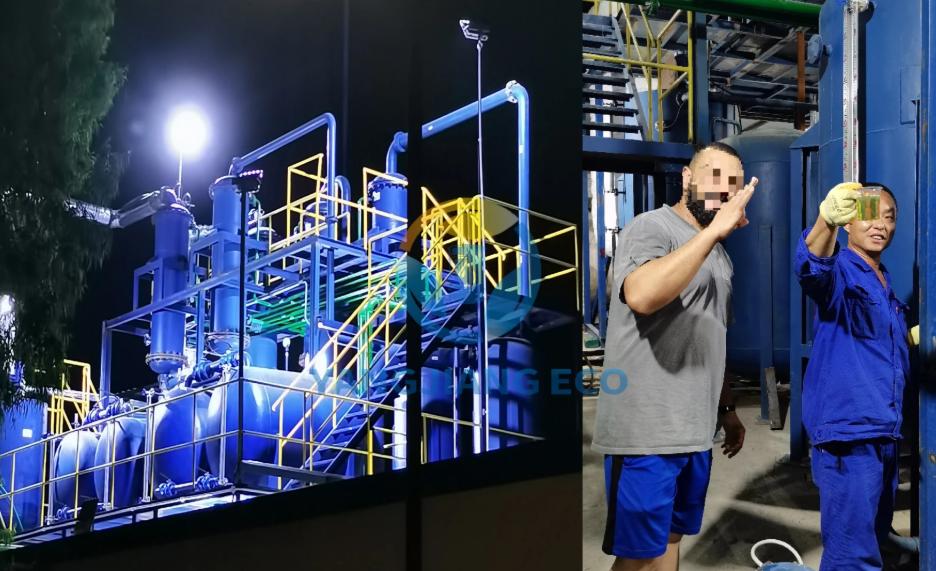
A modern lube oil blending plant offers significant advantages for lubricant manufacturers and end-users alike.
- One of the primary benefits is customization—the ability to precisely formulate lubricants for specific applications, whether high-temperature engine oils, heavy-duty industrial greases, or eco-friendly hydraulic fluids. This tailored approach ensures optimal performance and equipment protection.
- Cost efficiency is another major advantage, as in-house blending reduces reliance on pre-mixed oils and allows bulk purchasing of base stocks and additives. Plants with automated blending systems further enhance efficiency by minimizing waste and human error.
- Quality control is meticulously enforced through real-time monitoring and laboratory analysis, to ensure each batch complies with industry standards (API, SAE, OEM). Furthermore, blending plants provide improved supply chain reliability by offering on-demand production that cuts lead times and inventory costs significantly.
- Advanced blending facilities contribute to sustainability through energy-efficient processes, reduced packaging waste and recycling of off-spec batches. With these benefits in mind, advanced lube oil blending plants are an investment worth making for businesses seeking high performance, economic and eco-friendly lubricant solutions.
Specific Advantage of YANGJIANG Lube Oil Blending Plant
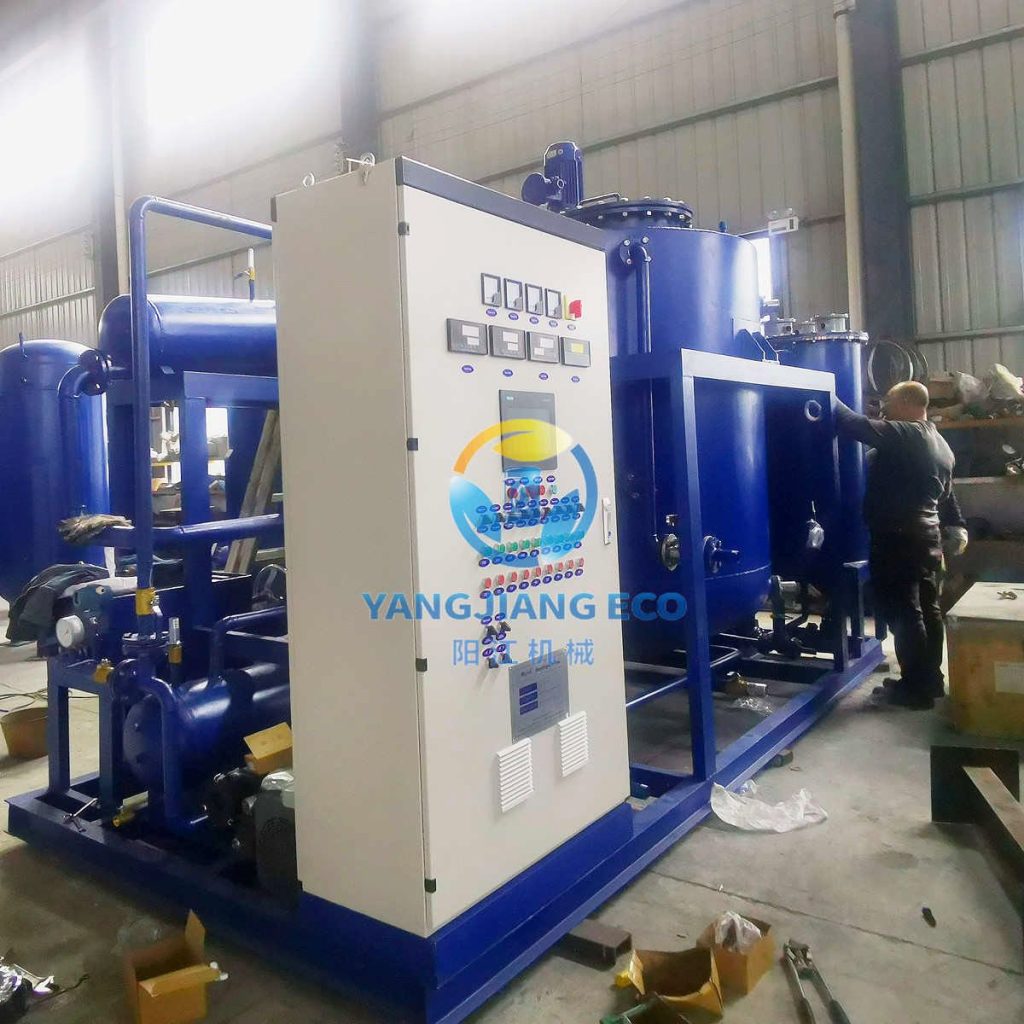
YANGJIANG’s lube oil blending plant stands out in the industry with its advanced automation, superior efficiency, and strict quality control. Key advantages include:
✅ Fully Automated PLC Control System – Ensures precise blending ratios and minimizes human error for consistent, high-quality lubricants.
✅ High-Capacity Production – With a 5-30 ton/hour blending capacity, the plant meets both small and large-scale demand efficiently.
✅ Energy-Saving Design – Incorporates low-power mixing technology and optimized heating systems to reduce operational costs.
✅ Flexible Customization – Supports tailored formulations for engine oils, gear oils, hydraulic fluids, and industrial lubricants to meet specific customer requirements.
✅ Strict Quality Assurance – Features an on-site testing lab to verify viscosity, flash point, and other critical parameters before shipment.
✅ Compact & Modular Structure – The space-saving design allows for easy installation and expansion.
By combining cutting-edge technology with reliable performance, YANGJIANG’s blending plant delivers cost-effective, high-quality lubricants for global markets.
For more details, visit: YANGJIANG Base Oil Blending Plant.
Recommended Products
